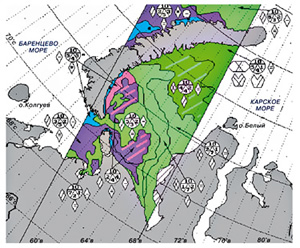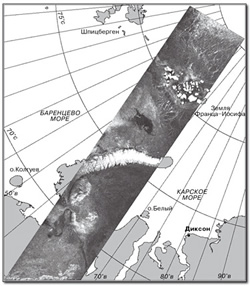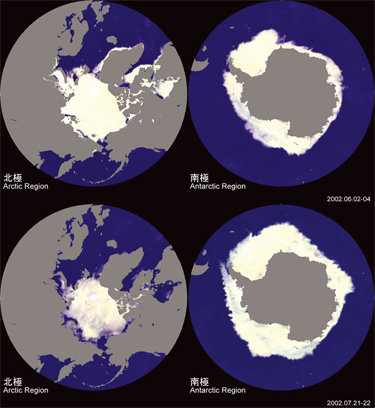Description
Operating at microwave wavelengths, these instruments have the advantage of cloud penetration and hence all weather capability. Channels within 1 to 40GHz and 80 to 100GHz are used to get day/night information on the Earth’s surface, having the advantage over visible/IR radiometers of the ability to probe the dielectric properties of a surface or to penetrate certain surfaces – especially useful with vegetation and soil. Channels between 50 and 60GHz are used for deriving atmospheric parameters.
As with other imaging radiometers, although these instruments offer accurate spectral information, their spatial resolution is poor. At 90GHz, the spatial resolution is typically 5km, and for the lower frequencies it is of order tens of kilometres – poorer than that of their visible or infra-red counterparts. As a consequence, they are most used for global rather than regional or local analysis, although some instruments are used to correct measurements from other sensors, rather than for imaging applications. These include the microwave radiometers on the ERS and Topex-Poseidon series satellites, which are used to estimate and correct for atmospheric water vapour content in the column through which altimetric readings are being taken.
Applications
Measurements from these instruments may be used to infer a range of parameters. One of their primary uses (often in conjunction with other instruments) is snow and ice mapping – due in part to their capability for cloud penetration. Current applications of passive microwave radiometer data include operational forecasting and climate analysis, and the prediction of sea ice concentration, extent and ice type. Passive microwave radiometers are also used to provide cloud liquid water content information.
These instruments can also supply information on soil moisture content, which is a key surface parameter in agriculture, hydrology, and climatology, and provides a measure of vegetation health. They are also capable of contributing some information on ocean salinity, which is important to our understanding of ocean circulation.
  Passive microwave and radar data from Russian satellites is used operationally to generate vital sea ice map products |
 JAXA’s AMSR-E instrument can monitor changes in polar sea ice extent – which influence the balance of global head and radiation |
| Current & planned instruments AMSR follow-on AMSR-E Aquarius ATSR/M CMIS GMI IGPM radiometer JMR KMSS MADRAS MIRAS (SMOS) MSMR MWR (BNSC) MWR (CONAE) MWRI RM-08 SSM/I TMR |